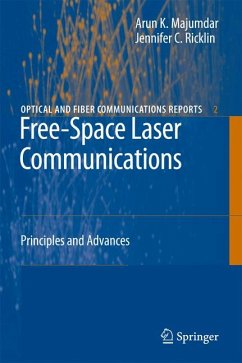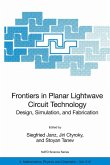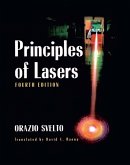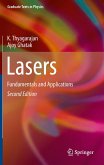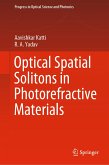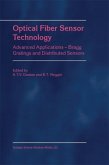This book is intended for research scientists, engineers and students with an interest in the topic of free-space laser communications. It is intended as an all-inclusive source to serve the needs of those who require information about both basic concepts, as well as up-to-date advanced knowledge of the state-of-the-art in the technologies available today. This is the first book which provides in a comprehensive and tutorial manner, the fundamental principles and advances of free-space laser communications. Topics addressed include: atmospheric channel effects including available models, system design and performance, laser transmitter/ receiver designs for high performance photon-efficient systems, adaptive optics technology for atmospheric compensation, optical networks, coding techniques, and long wavelength free-space optical communications.
Dieser Download kann aus rechtlichen Gründen nur mit Rechnungsadresse in A, B, BG, CY, CZ, D, DK, EW, E, FIN, F, GR, HR, H, IRL, I, LT, L, LR, M, NL, PL, P, R, S, SLO, SK ausgeliefert werden.

